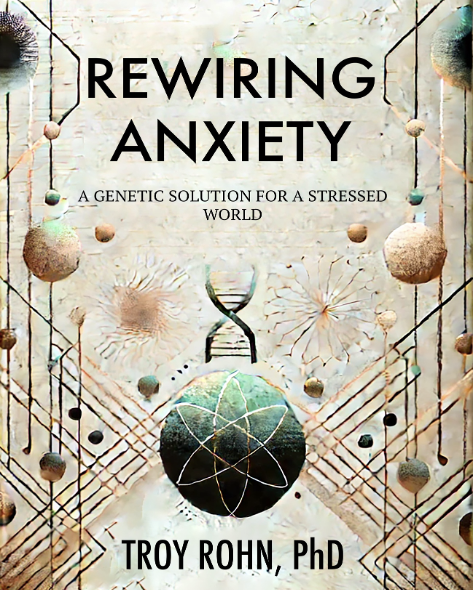Episode #5 - The Serotonin Solution: Targeting the 5-HT2A Receptor to Rewire Anxiety
The “hyperactive distressive connectome” hypothesis, as illustrated, involves key brain hubs, including the insula,
hippocampus, amygdala, and thalamus. When hyperactivity is present in this network, it can perpetuate a cycle off
emotional distress, leading to chronic anxiety.
The serotonin synapse. The synapse is a narrow gap between the presynaptic and postsynaptic terminals of adjacent neurons
at a synapse. It serves as a physical barrier for transmitting electrical signals between neurons.
Neurotransmitters are chemicals that bridge that gap and allow the electrical signal to
be converted into a chemical signal. In this case, serotonin is released by the presynaptic neuron into the synapse, diffusing across the gap to bind with, in this example, 5
- HT2A receptors on the postsynaptic neuron, thereby facilitating the transfer of information between neurons. The result is an increased excitability (firing rate) of the postsynaptic neuron.
My tattoo depicts the molecular structure of serotonin, a key neurotransmitter involved in mood regulation, alongside the 5-HT2A receptor gene (HTR2A), which plays a critical role i serotonin signaling. The tattoo symbolizes my own personal and professional investment in the serotonin pathway.



